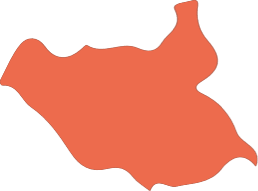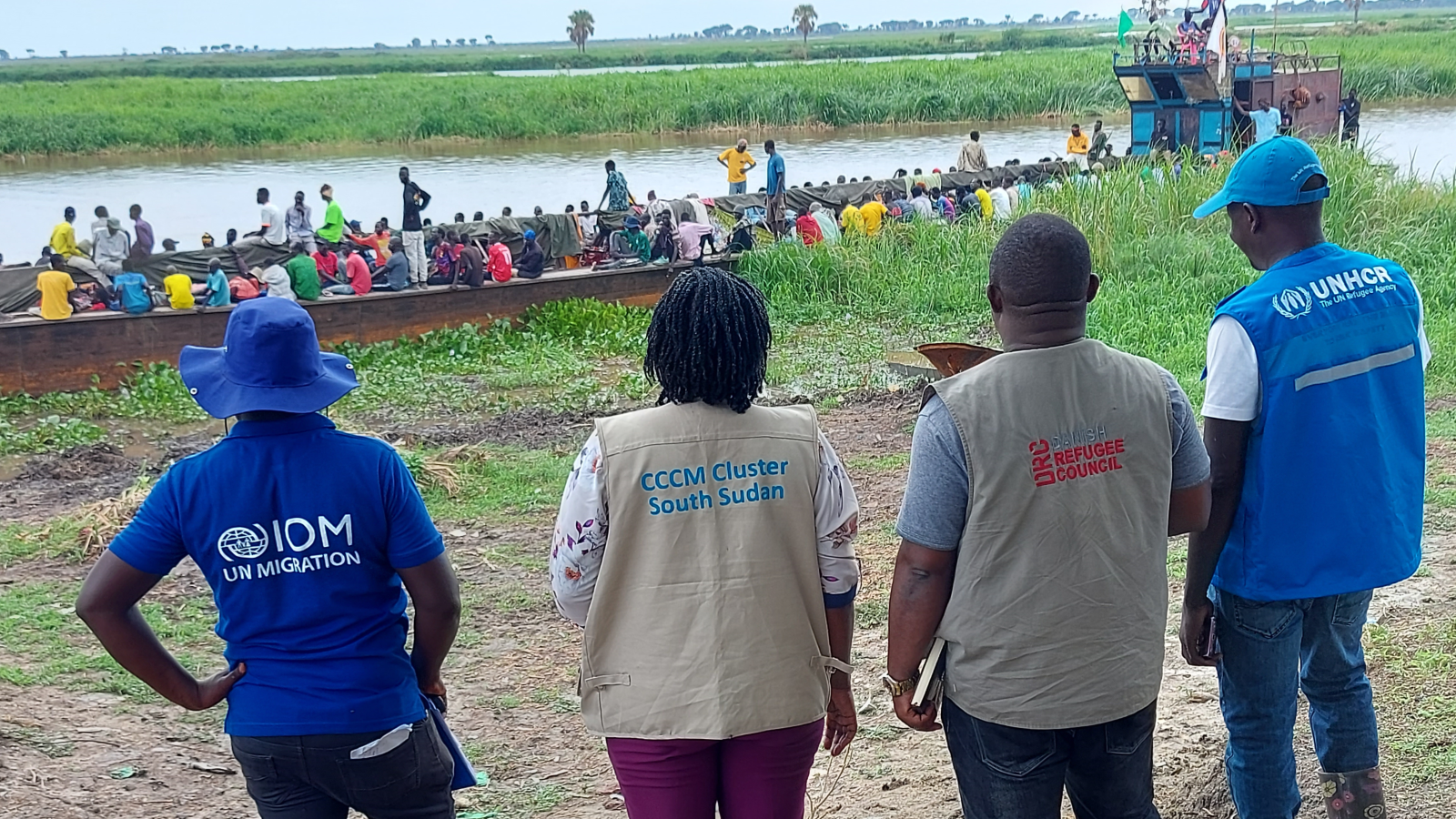
Response overview
Key Figures - 2025 Humanitarian Response Plan
1.4m People in need | 1.1m People targeted | - People reached | 10 Partners | 10 Projects | $19m Funding required |
Cluster Objectives
- Improve living condition of IDPs by facilitating safe, equitable and dignified access to cross-sectoral humanitarian services, including CCCM
- Enhance the protective environment, respond to vulnerable population with priority on addressing protection gaps and strengthen the predictability and effectiveness of multi sectorial interventions at site level
- Support vulnerable IDPs to recover from the crisis by strengthening community self-management, build resilience to promote solutions for displaced people in sites
Country Synopsis
The CCCM Cluster was activated in South Sudan on 25 December 2013, with the objective of ensuring a multi-sectoral response to assist and protect populations residing in displacement sites, developing linkage across stakeholders and to make all efforts to find durable solutions. Since its inception, the CCCM Cluster is co-led by IOM and UNHCR, with ACTED as the NGO co-lead, and works with all the camp management agencies and other humanitarian partners, government authorities and IDP community governance structures in formal and informal displacement sites across the country.
As of end-2023, a decade since the activation of the cluster, 2.2 million people remain internally displaced in South Sudan, constantly facing multi-faceted crises. Continued insecurity and protracted displacement, recurrent outbreaks of subnational violence, persistent uncertainty about the political process to achieve peace, high impact of natural disasters i.e., drought, flood, disease outbreaks have over the years eroded households’ coping mechanisms and livelihood options, prolonging displacement, and increasing their reliance on humanitarian assistance.
As of October 2024, over 880,000 people remain in 124 formal and informal displacement sites across South Sudan, facing severe vulnerability due to limited alternatives. Unplanned, self-settled IDP sites are particularly at risk of exclusion from essential services. In 2024, more than 320,000 people in these sites lacked Camp Coordination and Camp Management (CCCM) support due to resource constraints, limiting access to coordinated services, community support and vital information. In 2025, CCCM partners will continue managing reception and transit centres as part of the Sudan response, coordinating the provision of life-saving assistance for new arrivals. Based on monthly site verifications conducted in 2024, the cluster anticipates that 15 per cent of the returnees from Sudan will settle in existing displacement sites countrywide. The cluster will leverage its role as a bridge between service providers, IDPs, resident populations and Government authorities to identify and support effective, sustainable solutions for people in displacement sites
Contacts
Cluster Coordinators
Chika Onah
[email protected]
Mila Julius Henry Lokuta
[email protected]
Information Management Officer
Daniel Kuria
[email protected]
South Sudan: CCCM Cluster IDP Site Profiles Interactive Dashboard
SSD CCCM Cluster IDP Site Master List Interactive Dashboards
This list includes displacement sites managed and unmanaged by CCCM Partners. Sites not managed by CCCM Partners are from DTM Round 13 and will be assessed to collect additional information and updates.


